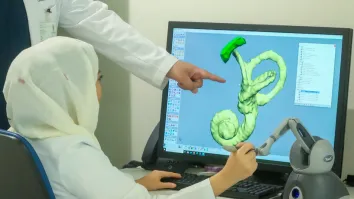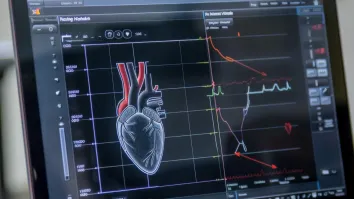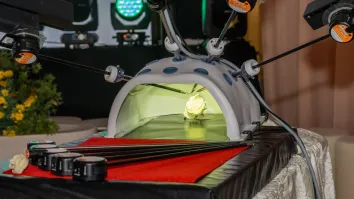
KPJ turns MRI scans into 3D image of human anatomy
The tech helps patients understand the process and improves surgical planning.
KPJ Healthcare Berhad has introduced holomedicine—a platform that helps visualise MRI scans using mixed reality and 3D holography technology instead of just flat pictures—at its Damansara Specialist Hospital 2 in Kuala Lumpur.
The technology, still in its early stages, helps patients understand the process and improves surgical planning, Hoo Ling Lee, regional CEO for the central region at KPJ, told the Healthcare Asia Summit 2025 in Kuala Lumpur on 9 April.
“Patients can put on a device and see exactly what the doctor sees,” she said. “Right now, the cost is relatively low as we are only charging $34.06 (RM150) for this additional service.”
KPJ aims to offer an equal balance of physical and virtual care by 2035, compared with just 10% of its services now delivered virtually through telemedicine and limited artificial intelligence (AI) applications.
“By 2050, we hope to flip the model entirely with only 10% physical, and 90% virtual,” Hoo said.
Meanwhile, the AI-powered platform allows real-time interaction, including 3D model manipulation and livestreaming. “It can potentially be used for CT scans too, though we haven’t fully implemented that yet.”
“The patient can understand precisely what the surgeon will do—where the first incision will be, where the second will go, and the location of any growth,” she added.
The hospital is also working on a chatbot system that lets patients submit their medical history while waiting for their appointment. By scanning a QR (quick response) code, they can chat with the bot.
The bot starts by asking “Why are you here today?” The patient can then type in their symptoms, after which it follows up with questions about any other symptoms and how long they’ve been present.
“By the time you walk into the consultation room, the specialist already has your history,” Hoo said.
The system has not yet been fully implemented, and the group recently signed a memorandum of understanding with its developer Angsana Health Sdn. Bhd. and is exploring the most optimal way to roll it out.
“We’re considering offering it to targeted corporate clients,” Hoo said.



















 Advertise
Advertise





